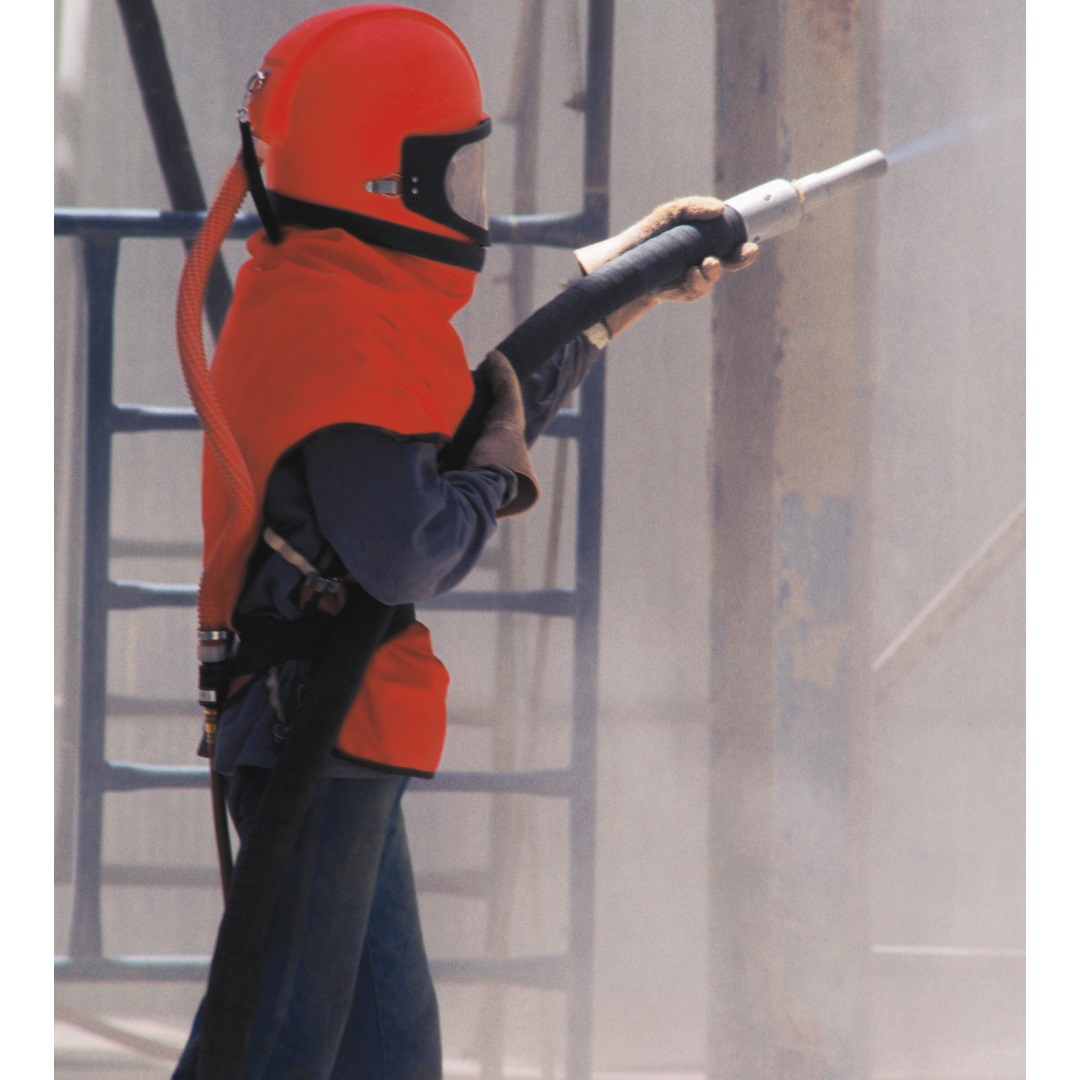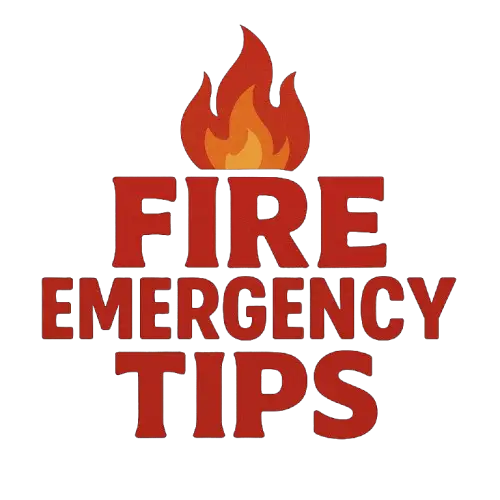
Fire extinguishers come in different types, each designed for specific types of fires. Understanding these types and their uses is crucial in choosing the right extinguisher for a given situation.
There are four main types of fire extinguishers:
Water fire extinguishers:
These are the most common type of extinguishers and are suitable for Class A fires, which involve solid materials such as wood, paper, and textiles. They work by cooling the fire, reducing the temperature below its ignition point. However, they should not be used on electrical fires or Class B fires, which involve flammable liquids.
Foam fire extinguishers:
These extinguishers are suitable for Class A and B fires. They work by smothering the fire and preventing it from spreading. Like water extinguishers, they should not be used on electrical fires.
CO2 fire extinguishers:
These extinguishers are suitable for Class B and C fires. They work by displacing oxygen and suffocating the fire. They are not suitable for Class A fires and should not be used in confined spaces.
Dry powder fire extinguishers:
These extinguishers are suitable for Class A, B, C, and D fires. They work by creating a barrier between the fuel and the oxygen, extinguishing the fire. They are not suitable for Class F fires, which involve cooking oils and fats.
B. Understanding fire classes
In addition to understanding the types of fire extinguishers, it is important to understand the different classes of fire. There are five classes of fire:
- Class A fires: These fires involve solid materials such as wood, paper, and textiles.
- Class B fires: These fires involve flammable liquids such as petrol, oil, and paint.
- Class C fires: These fires involve gas.
- Class D fires: These fires involve metals such as magnesium and aluminum.
- Class F fires: These fires involve cooking oils and fats.
How to use a fire extinguisher
A. Before using a fire extinguisher
- Before using a fire extinguisher, it is important to follow these steps:
- Assess the situation: Determine whether the fire can be safely extinguished with a fire extinguisher. If the fire is too large or spreading rapidly, evacuate the area and call the fire department.
- Sound the alarm: Alert others in the building by activating the fire alarm.
- Evacuate the area: Ensure that everyone in the area is evacuated to a safe location before attempting to extinguish the fire.
B. Using the P.A.S.S. technique
Using a fire extinguisher effectively and safely requires remembering the acronym PASS:
P – Pull the pin: This unlocks the extinguisher and allows you to discharge it. Locate and firmly pull the pin, typically positioned at the top or base of the extinguisher.
A – Aim low at the base of the fire: Do not aim at the flames, as this can spread the fire further. Instead, direct the nozzle at the base of the fire where the fuel is located, aiming to smother and extinguish the source.
S – Squeeze the handle to discharge the extinguishing agent: This releases the pressurized contents of the extinguisher. Maintain a safe distance (6-8 feet) and squeeze the lever or handle firmly and evenly.
S – Sweep from side to side at the base of the fire: Move the nozzle slowly from side to side to cover the entire base of the fire. Continue until the flames appear extinguished and refrain from stopping too early as hidden embers can rekindle.
Additional tips:
- Know your extinguisher: Familiarize yourself with the type of extinguisher you have and how to operate it before an emergency occurs. Different types have different operating mechanisms and uses.
- Evacuate first: Only use a fire extinguisher if it’s safe to do so. Always prioritize evacuating everyone from the burning area first.
- Have an escape plan: Know your escape routes and practice them regularly.
- Call the fire department immediately: Regardless of using an extinguisher, always call the fire department to extinguish the fire completely and ensure everyone’s safety.
- Remember PASS and stay calm: In the heat of the moment, remembering the acronym PASS can help you act quickly and effectively.
Important Safety Precautions:
- Never use a fire extinguisher on electrical fires unless it’s specifically rated for electrical hazards.
- Never re-enter a burning building after using an extinguisher.
- If the fire is too large or intense, do not attempt to fight it yourself and evacuate immediately.
How to use different types of fire extinguishers
A. Using water fire extinguishers
Water fire extinguishers are suitable for Class A fires. To use a water fire extinguisher, follow these steps:
- Approach the fire from a safe distance.
- Aim the nozzle at the base of the fire.
- Squeeze the handle to release the water.
- Sweep side to side until the fire is extinguished.
- Water extinguishers should never be used on electrical fires or Class B fires.
B. Using foam fire extinguishers
Foam fire extinguishers are suitable for Class A and B fires. To use a foam fire extinguisher, follow these steps:
- Approach the fire from a safe distance.
- Aim the nozzle at the base of the fire.
- Squeeze the handle to release the foam.
- Sweep side to side until the fire is extinguished.
- Foam extinguishers should not be used on electrical fires.
C. Using CO2 fire extinguishers
CO2 fire extinguishers are suitable for Class B and C fires. To use a CO2 fire extinguisher, follow these steps:
- Approach the fire from a safe distance.
- Aim the nozzle at the base of the fire.
- Squeeze the handle to release the CO2.
- Sweep side to side until the fire is extinguished.
- CO2 extinguishers are not suitable for Class A fires and should not be used in confined spaces.
D. Using dry powder fire extinguishers
Dry powder fire extinguishers are suitable for Class A, B, C, and D fires. To use a dry powder fire extinguisher, follow these steps:
- Approach the fire from a safe distance.
- Aim the nozzle at the base of the fire.
- Squeeze the handle to release the dry powder.
- Sweep side to side until the fire is extinguished.
- Dry powder extinguishers should not be used on Class F fires.
Safety precautions when using fire extinguishers
A. Knowing when to stop
It is important to know when to stop using a fire extinguisher. If the fire is not fully extinguished after using the entire contents of the extinguisher, evacuate the area immediately and call the fire department.
B. Staying safe while using fire extinguishers
- When using a fire extinguisher, it is important to follow these safety precautions:
- Stand at a safe distance from the fire.
- Make sure you have a clear escape route.
- Wear appropriate protective clothing such as gloves and eye protection.
- Do not turn your back on the fire.
- Do not use a fire extinguisher in a confined space unless it is specifically designed for that use.
- Be aware of any hazards such as electrical equipment or chemicals.
Conclusion
In conclusion, knowing how to use a fire extinguisher correctly can help prevent fires from spreading and potentially save lives. By understanding the different types of fire extinguishers, the classes of fire, and how to use them effectively, you can be prepared in the event of a fire. Remember to always prioritize safety and evacuate the area if the fire is too large or spreading rapidly.
